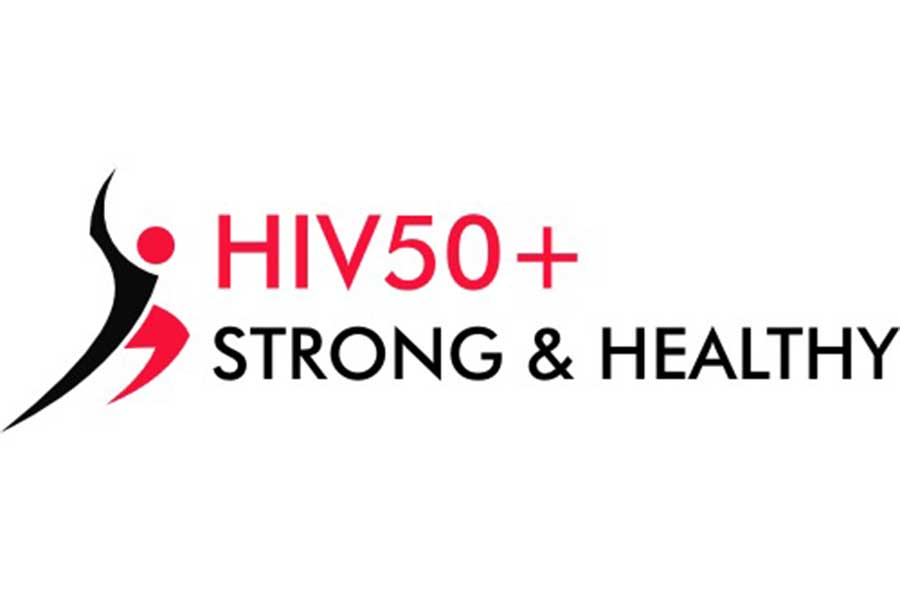NMAC offers support and engagement opportunities to advocates living with HIV who are 50 and over.
Moisés Agosto-Rosario is the treatment director of NMAC (National Minority AIDS Council). He oversees programs that boost HIV treatment and biomedical prevention efforts at community-based organizations. He has held this role since 2011, when he rejoined NMAC after leaving over a decade before. In the 1990s, he was director of treatment education and advocacy at NMAC and editor of SIDA Ahora (AIDS Now), a Spanish-language magazine from the People With AIDS Coalition of New York.
Before his current role, Agosto-Rosario oversaw grant making for the International Treatment Preparedness Coalition, a project of the Tides Center. Previously, he managed educational and marketing programs at Publicis Healthcare Communications Group. In addition to his more than three decades as a senior-level adviser on health care and HIV, Agosto-Rosario is a long-term survivor. He tested HIV positive in 1986.
As part of his current role, he oversees the NMAC HIV 50+ Strong & Healthy program. Nine of the 50+ scholars are on the cover of this issue, which showcases our annual POZ 100. This year’s list celebrates advocates living with HIV who are 50 and over. Agosto-Rosario is also on this cover. He first appeared on the cover of POZ in 1997.
What does NMAC’s treatment division do?
We work on both policy and programming. We educate people about HIV treatment and biomedical prevention. We also do some work around HIV care but only as it relates to clinical or biomedical issues regarding HIV treatment.
Our policy work involves having dialogue with government-sponsored networks of vaccine or clinical research. In terms of programming, we work with service providers to reach the community of people living with HIV.
Our programs include policy education on pre-exposure prophylaxis (PrEP), our 50+ scholars and an effort we call Strong Communities that looks at the social drivers of HIV. Our division also coordinates programming for the national Biomedical HIV Prevention Summit.
Can you elaborate on the 50+ program?
Based on the estimate that about 50 percent of people living with HIV in the United States are 50 and over — and that by 2030 that total will increase to 70 percent —we wanted to develop a program to address the needs of this population. The program started three years ago.
In our needs assessment for this program, we found that isolation and depression are big problems. We realized that along with data collection we also needed to develop networks and leaders in this group who could be educated on issues related to aging with HIV.
As a long-term HIV survivor and a longtime advocate, how have you seen AIDS activism change?
Early on it was clear that it was advocacy about saving yourself and your loved ones. In the beginning, we didn’t have good treatments, so we had to become involved in advocacy to get better treatments — and that activism worked.
Back then, I thought I was just borrowing time. I’m obviously glad that things have improved, but I never thought the fight was going to be this long.
It’s interesting to me how even today some of us, myself included, are still coming to terms with understanding that even though it’s still the same disease, it’s a different context now. As a result of people living longer, it’s amazing to see how that affects the kind of advocacy that needs to be out there.
The new generations have the blessing of knowing that they have a long life ahead of them. The urgency of becoming involved as an HIV-positive person because your life is on the line is not necessarily there anymore. Social justice is a primary motivator now.
What are your hopes for the epidemic?
This is a good time in the epidemic as far as treatment is concerned. We have a bunch of HIV medications that keep us healthy. There are more meds in the pipeline that will be even better. There is a lot happening with biomedical prevention and cure research.
The challenges that we are presented with now are about getting our health system prepared for all the science that is coming. How can we make sure our health system responds adequately to the new developments in treatment?
I came back to NMAC because I wanted to make sure that we would not miss the bus on biomedical prevention and treatment research. I’m optimistic.
Oriol R. Gutierrez Jr. is the editor-in-chief of POZ magazine. Find him on Twitter @oriolgutierrez. This column is a project of Plus, Positively Aware, POZ, The Body and Q Syndicate, the LGBT wire service. Visit their websites — http://hivplusmag.com, http://positivelyaware.com, http://poz.com and http://thebody.com — for the latest updates on HIV/AIDS.
